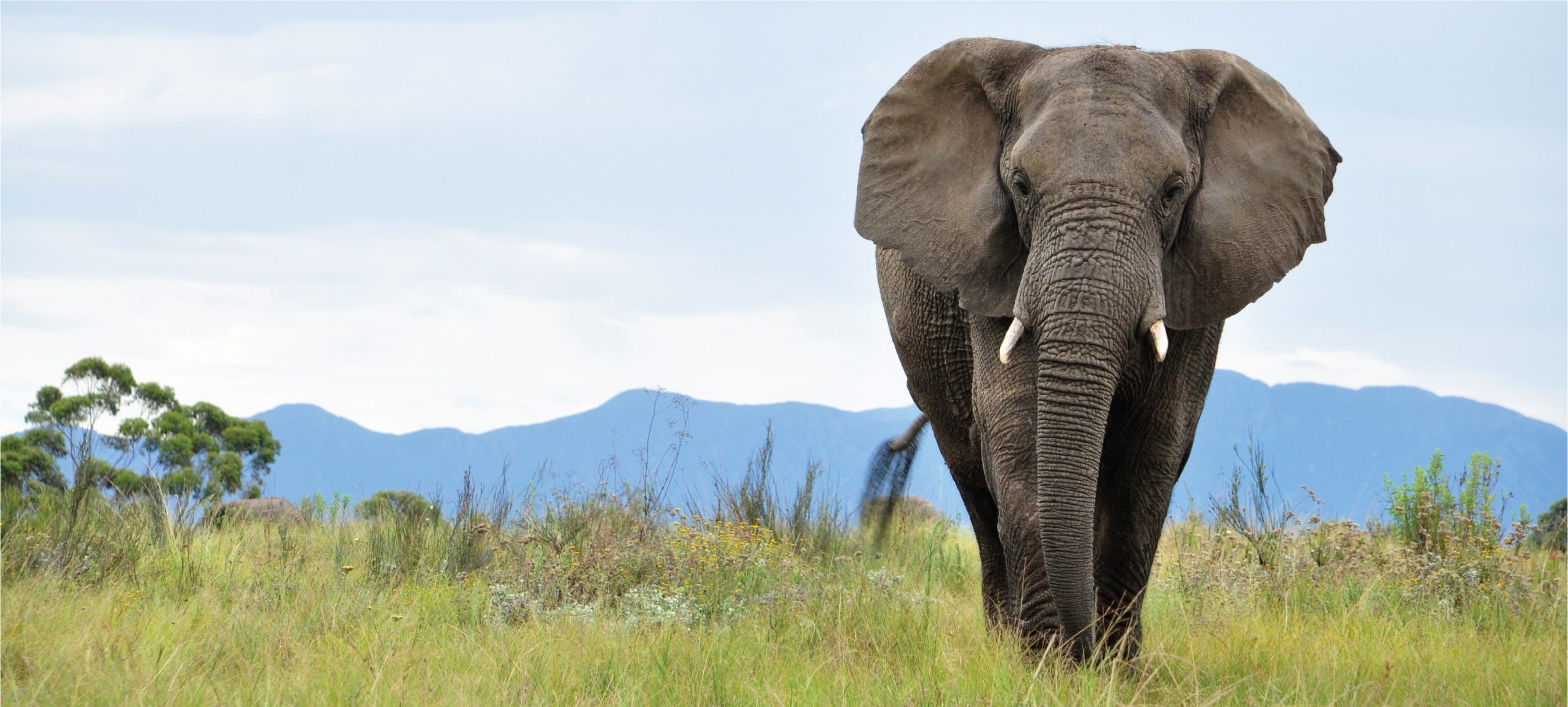-

Dwarf Hutia
Discover the captivating world of the Dwarf Hutia, a unique rodent native to the Caribbean’s lush tropical forests. Explore their nocturnal behaviors, herbivorous diet, and essential role in seed dispersal, all while learning about the conservation challenges they face due to habitat loss and introduced predators. Join us in unraveling the fascinating characteristics and ecological…
-

Little Swan Island Hutia
Discover the intriguing world of the Little Swan Island Hutia, an endangered rodent native to the Caribbean’s Swan Island. With its unique adaptations, nocturnal habits, and critical role in seed dispersal, this species faces threats from habitat loss and introduced predators. Learn how conservation efforts are vital to safeguarding its future and the delicate balance…
-

Eared Hutia
Discover the fascinating Eared Hutia (*Geocapromys auritus*), a medium-sized rodent native to the lush tropical environments of the Greater Antilles, particularly Cuba and Hispaniola. This nocturnal creature plays a vital role in its ecosystem as an herbivore and seed disperser, while its charming large ears and social behavior make it a unique presence in its…
-

Desmarest’s Hutia
Explore the intriguing world of the Desmarest’s Hutia, a medium-sized rodent native to the Caribbean islands of Hispaniola and Cuba. Known for its nocturnal social behavior and vital role in seed dispersal, this vulnerable species thrives in lush habitats, showcasing remarkable adaptation and agility. Discover its diet, reproductive habits, and the conservation efforts essential for…
-

Jamaican Hutia
Discover the fascinating world of the Jamaican Hutia, a medium-sized rodent unique to Jamaica’s tropical forests. This nocturnal herbivore plays a vital role in its ecosystem, aiding in seed dispersal while facing threats from habitat destruction and predatory species. Learn about their physical traits, social behavior, and the conservation efforts needed to protect this vulnerable…
-

Cayman Hutia
Discover the fascinating Cayman Hutia, an endangered rodent native to the lush forests of the Cayman Islands. With its unique adaptations, crepuscular behavior, and vital role in seed dispersal, this medium-sized herbivore contributes significantly to its ecosystem while facing threats from habitat loss and predation. Explore its characteristics, diet, and conservation efforts in our latest…
-

Cuban Hutia
Discover the unique Cuban Hutia, a fascinating medium-sized rodent thriving in the lush habitats of Cuba. With its remarkable climbing abilities, herbivorous diet, and social behavior, this nocturnal creature plays a vital role in seed dispersal and plant regeneration within its ecosystem. Learn more about its physical characteristics, reproductive habits, and the conservation challenges it…
-

Ingraham’s Hutia
Explore the fascinating world of Ingraham’s Hutia (*Geocapromys ingrahamii*), a medium-sized rodent native to the Bahamas, particularly Great and Little Abaco islands. This nocturnal herbivore plays a vital role in its ecosystem through seed dispersal and soil aeration, while its unique adaptations and social behaviors make it a remarkable species facing conservation challenges. Discover the…
-

Guaymallen Tuco-tuco
Discover the Guaymallen Tuco-tuco, a unique burrowing rodent native to the arid landscapes of western Argentina. With its impressive digging abilities, vibrant lifestyle, and crucial role in soil aeration, this vulnerable species faces increasing threats from habitat loss. Learn about its fascinating behaviors, dietary habits, and the urgent conservation efforts needed to protect its future.
Search
Popular Posts
-
Lygosoma corpulentum
Discover the Lygosoma corpulentum, or fat skink, a robust insectivorous lizard native to Southeast Asia’s moist tropical rainforests and varying habitats. With a stocky body, impressive camouflage, and remarkable adaptability, this ovoviviparous species plays a crucial role in maintaining ecological balance.
-
Lygosoma boehmei
Lygosoma boehmei is a slender, nocturnal insectivore found in humid tropical rainforests and savannas of Southeast Asia, exhibiting a smooth, camouflaging texture and remarkable burrowing abilities. This vulnerable species plays a crucial role in its ecosystem by controlling insect populations and serving as prey for larger predators.
-
Lygosoma bampfyldei
Lygosoma bampfyldei, commonly found in tropical and subtropical regions, is a moderately sized lizard measuring 15 to 25 cm, known for its elongated body and glossy, camouflage coloration. This insectivorous species thrives in moist habitats and plays a vital role in maintaining ecological balance by controlling insect populations.
Categories
Tags
animal adaptations (924) animal behavior (5000) animal reproduction (865) behavior (920) biodiversity (7853) conservation (1670) conservation efforts (1778) conservation status (5748) diet (2104) ecological balance (2087) ecological role (1952) ecosystem (1469) ecosystem role (2901) endangered species (2514) habitat (3280) habitat conservation (1136) Habitat Destruction (1421) habitat loss (3385) herpetology (870) insectivorous reptiles (948) IUCN Red List (1971) lizard behavior (881) lizard diet (944) lizard reproduction (1101) nocturnal animals (2754) nocturnal behavior (2592) nocturnal reptiles (1061) physical characteristics (2058) predator-prey relationships (927) reproduction (2890) reptile behavior (1037) reptile conservation (1348) reptile reproduction (1069) rodent species (1325) seed dispersal (2145) Seed Disperser (979) small mammals (1168) snake behavior (952) snake diet (1061) snake reproduction (1129) tropical forests (948) Vulnerable Species (4926) wildlife (2511) wildlife conservation (5355) wildlife protection (1008)



